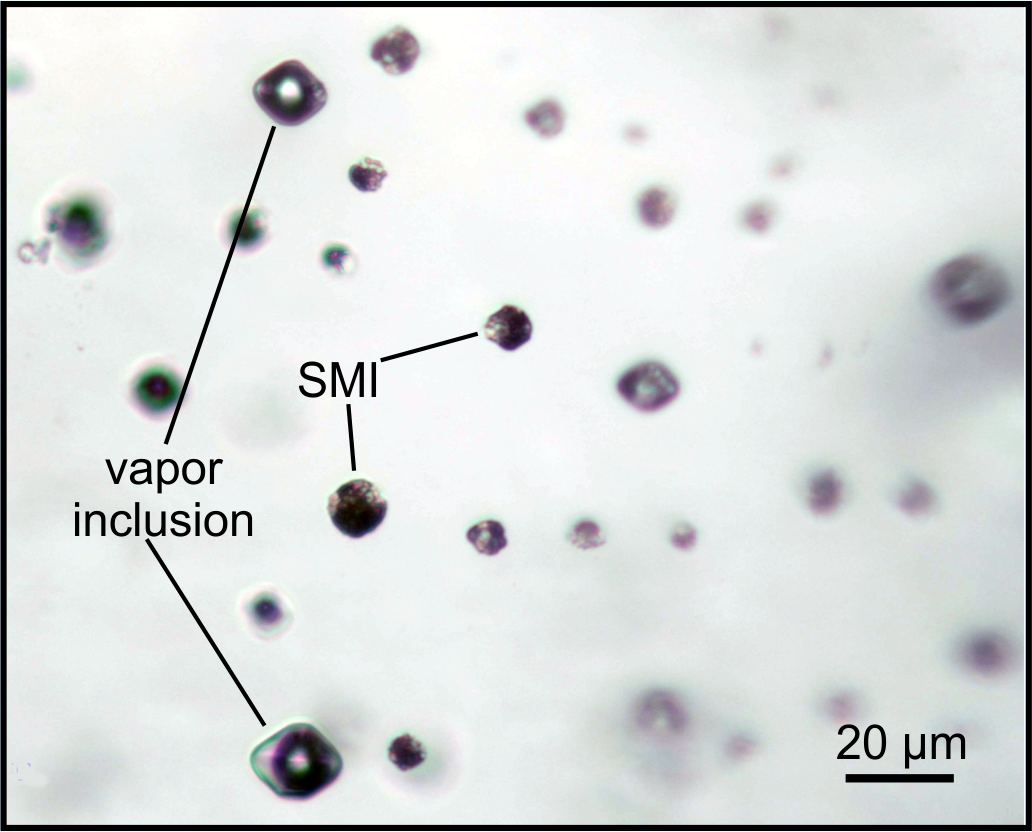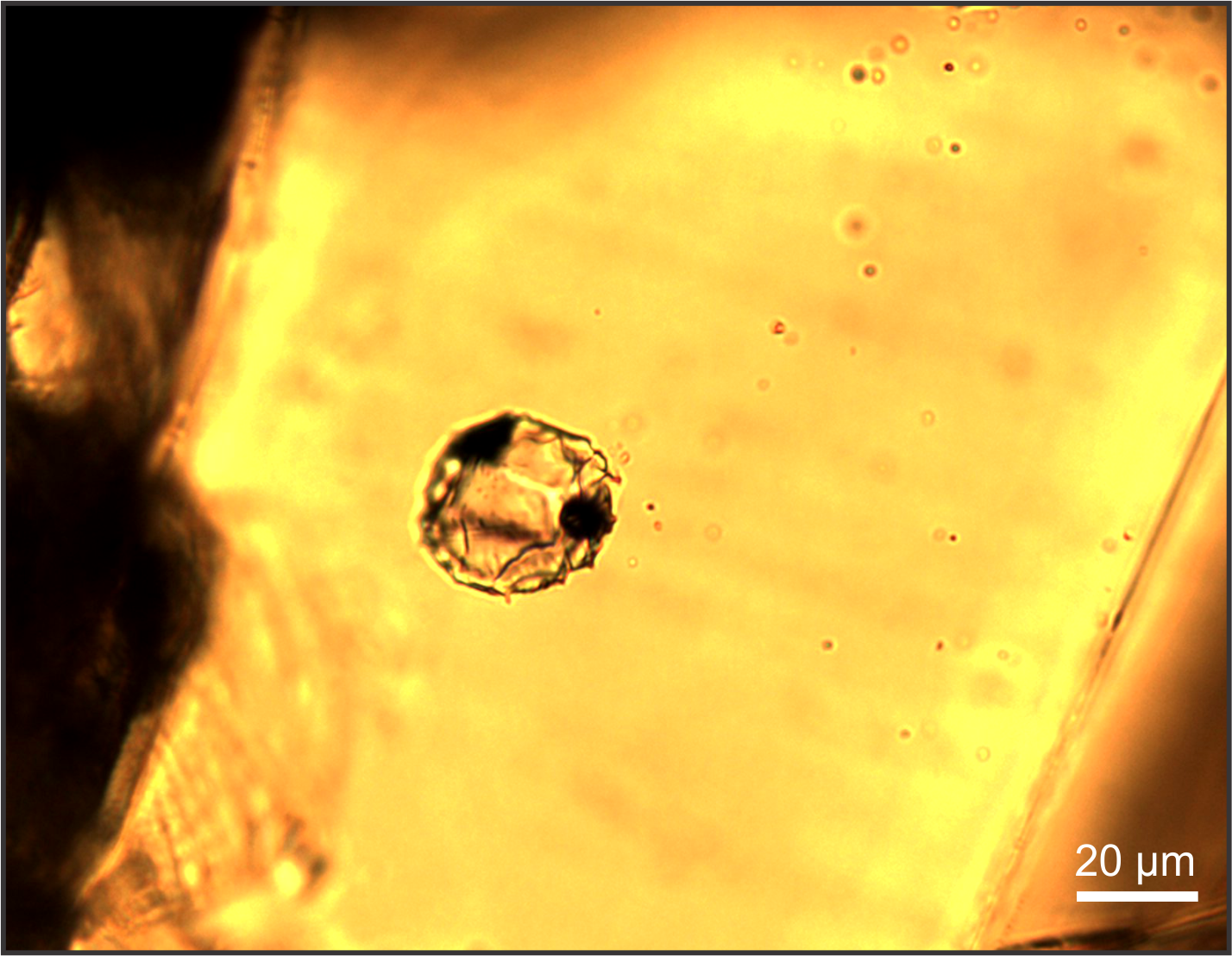Research
Focus of research
Our research focuses on the mass transfer of volatile and economically important metallic elements in magmas and high-pressure-temperature fluids with special attention to the genesis of magmatic-hydrothermal ore deposits (e.g. porphyry, epithermal and skarn mineralizations of Cu, Au, Mo, Re, Sn, W). We combine experimental and field-based studies to deepen our understanding of the above processes.
Current areas of research
· The solubility of Au, Cu, Ag, Pt and Pd in high temperature aqueous fluids and silicate melts
· The partitioning of ore metals and volatile elements (e.g. sulfur and halogens) between magmatic fluids and silicate melts
· Construction of an accurate model for anhydrite solubility in silicate melts
· Anhydrite solubility in magmatic fluids
· Sulfur partitioning between hydrosaline liquid and vapor in magmatic and hydrothermal systems
· Reconstruction of the evolution of the metal and volatile budget of ore-forming magmatic systems via field-based studies
· Development of improved exploration criteria for magmatic-hydrothermal ore deposits
· Development of improved analytical methodologies for the analysis of fluid and melt inclusions with Laser Ablation Inductively Coupled Plasma Mass Spectrometry (LA-ICP-MS)
· Development of new high-pressure-temperature experimental techniques for studying magmatic processes in the upper crust
Some of our methods
Synthetic fluid inclusions
High-pressure-temperature fluids are sampled during the experiment in the form of microscopic-sized fluid droplets enclosed in quartz. These form by the healing of fluid filled fractures in the quartz, which are generated by thermal shock during the experiment after equilibrium between the various fluid and solid phases have been attained. These fluid inclusions later can be analyzed by LA-ICPMS, Raman and FTIR spectroscopy. Solubility studies are complemented by thermodynamic modeling and computational chemistry calculations to determine the speciation of volatile and metallic elements.

Synthetic vapor-type fluid inclusions formed in an experiment at P=150 MPa and T=1000 oC.

Predicted geometry of a KAu(HS)2 complex using static computational chemistry calculation.
Classical phase equilibrium experiments
Various phases are equilibrated with each other in noble metal capsules using high P-T experimental apparatus (e.g. cold seal pressure vessel and piston cylinder apparatus). Run product compositions are determined by various in situ analytical methods including Electron Probe Microanalysis, LA-ICP-MS and FTIR.

Apatite and magnetite crystals in a dacite glass from a phase equilibrium experiment at 900 oC and 200 MPa. Sulfur and halogen concentrations in apatite carry information on the volatile budget of the magma.
Fluid and melt inclusions in natural systems
Fluid, silicate melt and sulfide inclusions trapped in minerals record the composition of the silicate melt, sulfide mineral/melt and hydrothermal fluid phases in natural ore-forming systems. By analyzing such inclusions we can determine the temporal and spatial evolution of the concentration of metallic and volatile elements essential for ore-formation and, therefore, identify the most critical processes distinguishing barren and fertile systems.
 Coexisting vapor-type fluid and silicate melt inclusions (SMI) in quartz from a miarolitic cavity sample from Mt. Malosa, Malawi. Such inclusion assemblages can be used to determine volatile/melt partition coefficients for a large number of elements simultaneously. |
 A silicate melt inclusion in clinopyroxene from volcanic rocks associated with the Gaosongshan epithermal gold deposit in China. Such inclusions carry information about the ore metal and volatile budget of magmas. |



